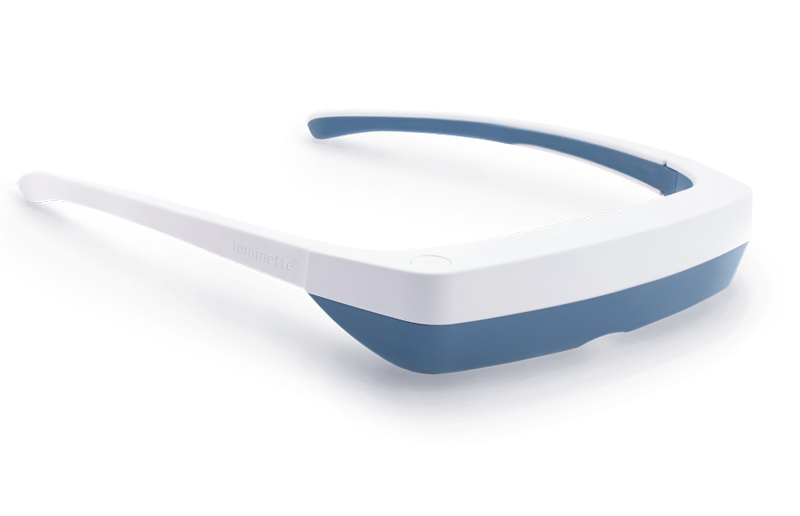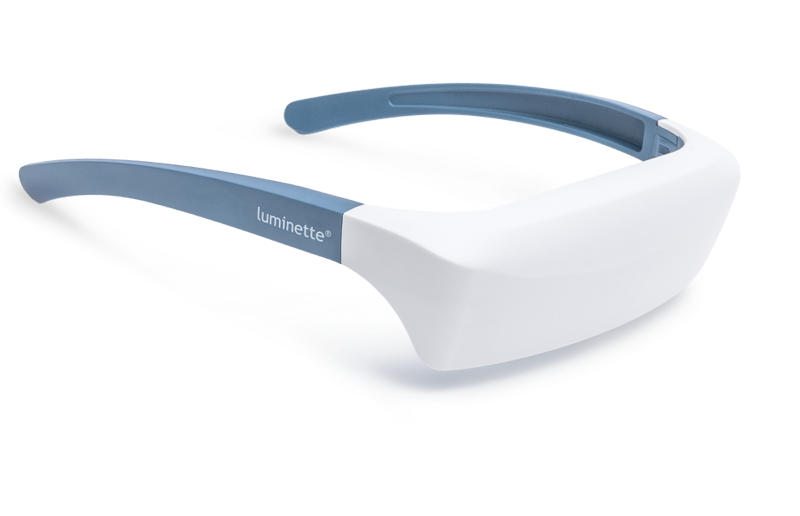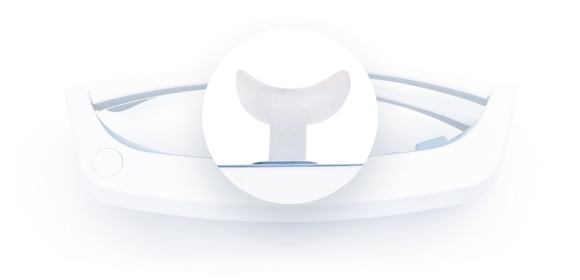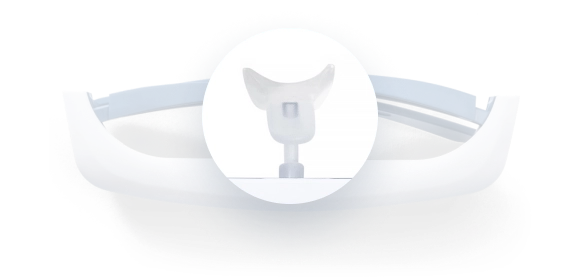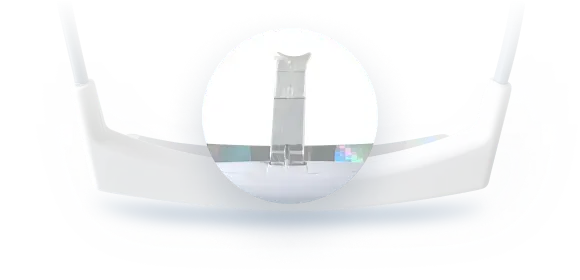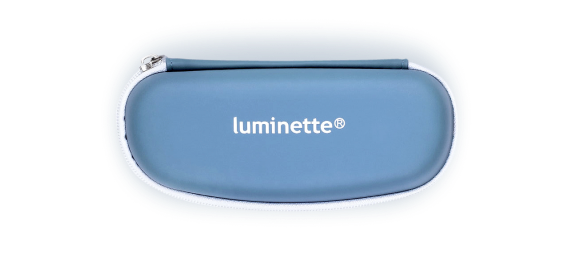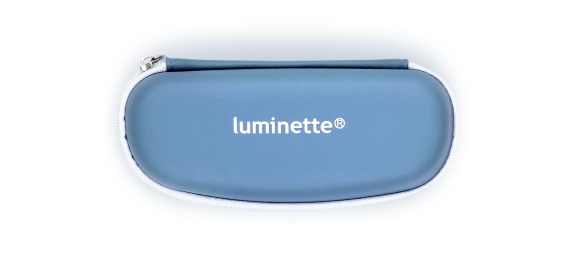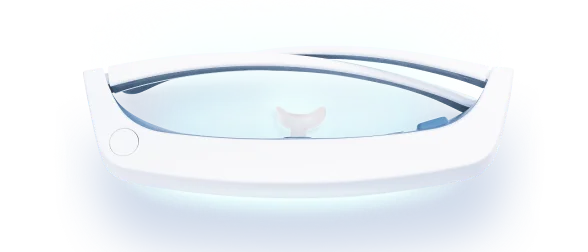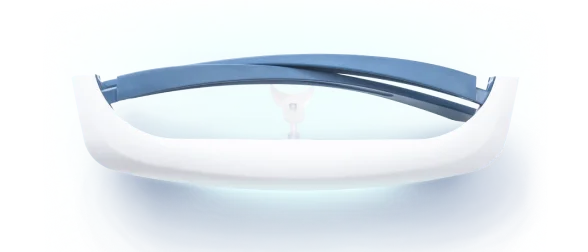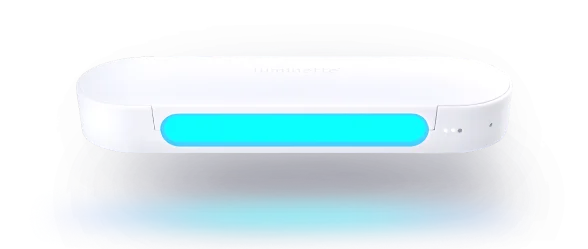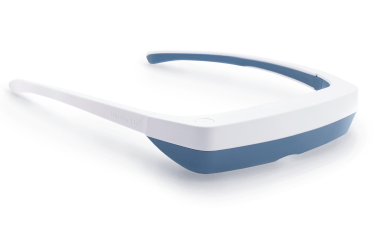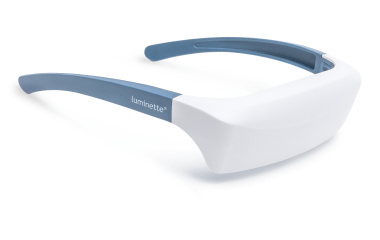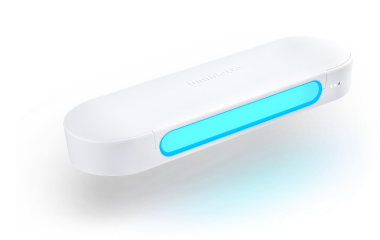Are you curious about light therapy and its potential benefits for your health? Whether you're a long-time health enthusiast or new to the concept, light therapy offers a myriad of benefits that can enhance both your physical and mental well-being. In this comprehensive guide, we'll explore what light therapy is, its numerous benefits, and how you can achieve the best results. Buckle up, because by the end of this article, you'll know everything you need to incorporate light therapy into your daily routine effectively.
What is Light Therapy?
Light therapy, also known as phototherapy, involves exposure to specific wavelengths of light using various devices. It's most commonly used to treat Seasonal Affective Disorder (SAD), but it also has other applications in improving overall health. Light therapy works by mimicking natural light, which can influence various biological processes in your body. This type of treatment involves sitting near or under a lightbox that emits bright light, usually for about 30 minutes to an hour daily.
The primary mechanism behind light therapy is its ability to influence the production of melatonin and serotonin, hormones that regulate mood and sleep. This makes it incredibly effective for treating conditions like SAD and even chronic sleep disorders.

Benefits of Light Therapy
The benefits of light therapy extend far beyond treating mood disorders like Seasonal Affective Disorder (SAD). By harnessing the power of specific wavelengths of light, it offers a range of advantages that can significantly improve both physical and mental well-being. Let's break down these advantages into two main categories—physical and mental health benefits.
Physical Health Benefits
- Improved Sleep: As mentioned earlier, light therapy can regulate the production of melatonin, a hormone that plays a vital role in sleep. By using light therapy consistently, you can improve your sleep patterns and achieve better quality sleep.
- Boosted Energy Levels: Exposure to bright light through light therapy has been shown to increase energy levels and reduce fatigue. This is especially beneficial for individuals who struggle with low energy levels or chronic fatigue.
- Enhanced Skin Health: Specific wavelengths of light used in light therapy have been shown to stimulate collagen production, improving skin elasticity and reducing the appearance of wrinkles. It also helps to reduce inflammation and redness in the skin, making it a popular treatment for skin conditions like acne and psoriasis.
Mental Health Benefits
- Reduced Symptoms of Depression: Light therapy has been proven to be an effective treatment for depression, with studies showing it can improve mood and reduce symptoms in those with clinical depression.
- Anxiety Relief: The calming effect of light therapy on the mind can also help alleviate symptoms of anxiety. By reducing stress hormones and promoting relaxation, it can provide relief for those struggling with anxiety disorders.
- Increased Focus and Concentration: Exposure to bright light has been shown to improve cognitive function, including focus and concentration. This makes light therapy a great addition to your daily routine, especially for those who struggle with attention-related issues.
Best Results for Using Light Therapy
To achieve the best results with light therapy, it's essential to have a consistent and targeted approach. First and foremost, it's crucial to consult with a healthcare professional before beginning any type of light therapy treatment. They can help determine the appropriate wavelengths and duration of exposure for your specific needs.
It's also important to use high-quality light therapy devices that emit the correct wavelengths at the right intensity. This ensures that you are receiving the full benefits of light therapy without any potential negative effects. Investing in a reputable brand or seeking out professional treatments can make a significant difference in achieving optimal results.
Consistency is key when it comes to light therapy. It's recommended to use a light therapy device daily, preferably at the same time each day, to maintain a regular schedule and benefit from the cumulative effects of treatment. Additionally, it's essential to continue using light therapy even after symptoms improve to prevent relapse.

Factors Affecting Light Therapy Results
Morning sessionsSeveral factors can impact the effectiveness of light therapy, with one of the most crucial being light intensity. Measured in lux, higher-intensity lights (around 10,000 lux) are typically more effective in treating conditions like Seasonal Affective Disorder (SAD).
Another crucial factor is the duration and timing of exposure. Morning sessions are typically more effective, especially for regulating sleep patterns and combating depression. The consistency of use also plays a vital role; irregular sessions may not yield the desired results.
Lastly, individual differences such as skin type, eye sensitivity, and specific health conditions can affect how well you respond to light therapy. It's always a good idea to consult with a healthcare provider to tailor the treatment to your needs.

How to Maximize Light Therapy Benefits
Maximizing the benefits of light therapy involves more than just turning on a lightbox. It requires a comprehensive approach to ensure you're getting the most out of your sessions. Here are some detailed tips to help you achieve optimal results:
- Combine with Other Treatments : Light therapy can be more effective when used in conjunction with other treatments. For instance, combining it with medication prescribed by your healthcare provider or cognitive-behavioral therapy (CBT) sessions can significantly enhance its effectiveness. Discuss with your healthcare provider to create a holistic treatment plan that works best for you.
- Lifestyle Adjustments : Healthy lifestyle habits play a crucial role in maximizing the benefits of light therapy. Incorporate regular exercise into your routine to boost energy levels and improve mood. A balanced diet rich in essential nutrients can also support your overall well-being. Additionally, getting adequate sleep is essential, as poor sleep can counteract the benefits of light therapy. Establish a consistent sleep schedule and create a relaxing bedtime routine to enhance the quality of your sleep.
- Track Your Progress : Keeping a journal can be a valuable tool in monitoring your progress. Document changes in your mood, energy levels, and sleep patterns daily. This will provide insights into how light therapy is affecting you and help you make necessary adjustments to your sessions. You may also note any other treatments or lifestyle changes you are incorporating, which can give a clearer picture of what works best for you.
By implementing these strategies, you can maximize the benefits of light therapy and improve your overall well-being.

Light Therapy Devices
Choosing the right light therapy device is crucial for achieving the best results. Light therapy can help manage Seasonal Affective Disorder (SAD), improve mood, and boost energy levels, making it an essential tool for many.
Here are two highly recommended options:
Luminette 3 - Light Therapy Glasses
The Luminette 3 provides a portable and convenient way to get your daily dose of light therapy. These innovative glasses offer a discreet and effective solution, allowing you to go about your daily activities while receiving treatment. They are designed to fit comfortably and can be worn while reading, working, or even exercising. With an adjustable fit and rechargeable battery, these glasses are perfect for those who are always on the go and can't spare time to sit in front of a lightbox. Clinically tested, the Luminette 3 has been shown to improve mood and increase energy levels during the darker months.
Drive - Light Therapy Lamp
The Drive Light Therapy Lamp is a versatile and powerful device designed to deliver high-intensity light therapy sessions. With adjustable settings, it allows you to control the intensity and duration of exposure, making it suitable for various needs. This lamp features a sleek design and can be easily positioned on a desk or table, making it ideal for home or office use. It provides a reliable solution for combating SAD and improving overall well-being by simulating natural sunlight. The lamp is also equipped with a timer and different brightness levels, ensuring you can customize your therapy sessions to fit your schedule and preference. Its effectiveness and ease of use make it a popular choice among users looking to enhance their quality of life during the winter months.
Conclusion
Light therapy provides a natural and effective means to boost both physical and mental well-being. From regulating sleep cycles to alleviating mood disorders and enhancing cognitive functions, its advantages are significant. By understanding key factors that influence light therapy outcomes and selecting the appropriate device, you can optimize its benefits and enrich your overall quality of life.
If you're ready to experience the transformative effects of light therapy, consider exploring the innovative solutions offered by Luminette. Their expertly designed devices can help you start your journey towards improved health and vitality today.
FAQ
How long does it take to see results from light therapy?
Results from light therapy can vary depending on the individual and the condition being treated. For Seasonal Affective Disorder (SAD), many people start to notice improvements within a few days to a week of consistent use. For other conditions, such as skin disorders or sleep issues, it may take several weeks of regular sessions to see significant results.
Can light therapy be used to treat Seasonal Affective Disorder (SAD)?
Yes, light therapy is one of the most effective treatments for SAD. By simulating natural sunlight, light therapy helps regulate the production of melatonin and serotonin, which can alleviate the symptoms of SAD and improve mood during the darker months of the year.
Are there any side effects associated with light therapy?
Light therapy is generally safe, but some people may experience mild side effects such as headaches, eyestrain, or nausea. These side effects are usually temporary and can be minimized by adjusting the intensity and duration of exposure. If you experience persistent side effects, it's best to consult with a healthcare provider.
How often should I use my light therapy device for optimal results?
For optimal results, it's recommended to use your light therapy device daily, preferably in the morning, for about 30 minutes to an hour. Consistency is key to achieving the best outcomes, so try to make it a part of your daily routine.
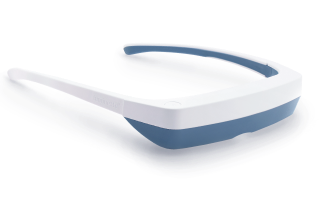
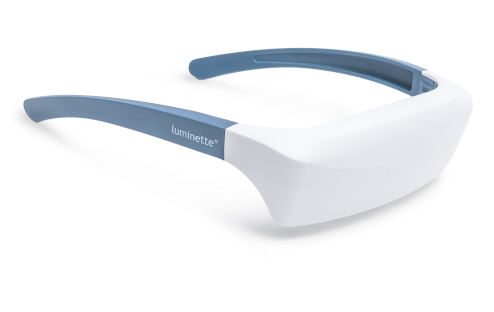
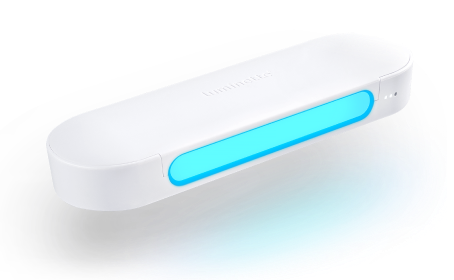
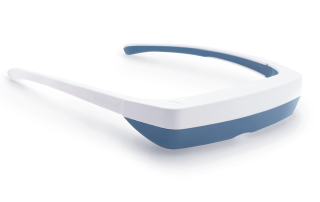
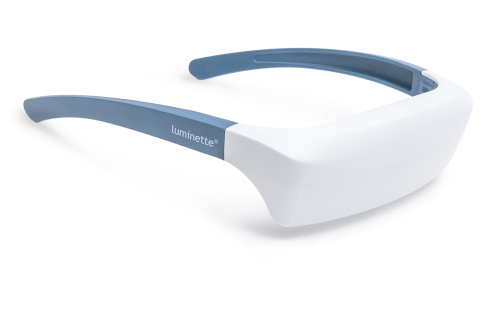
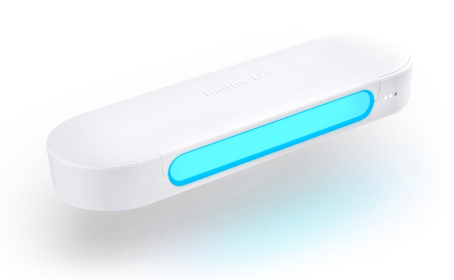
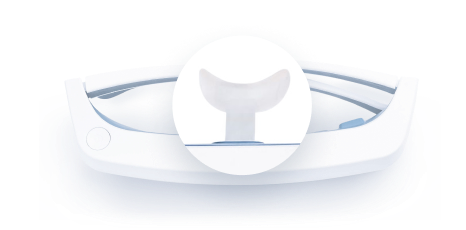
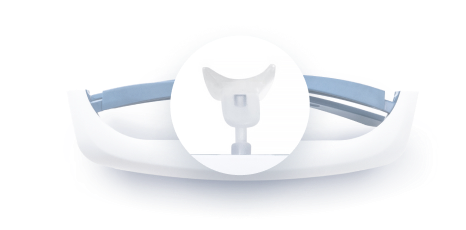
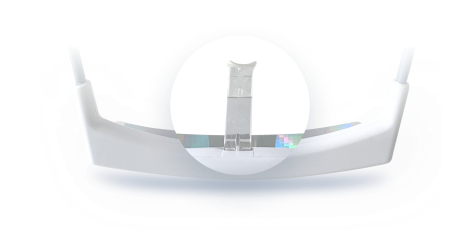
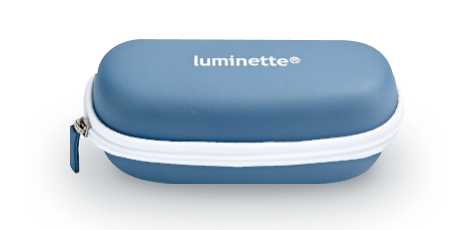
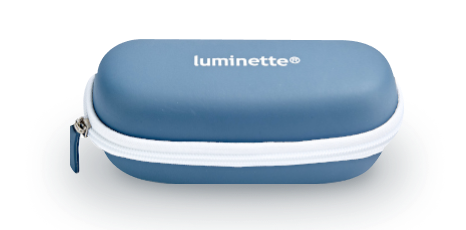
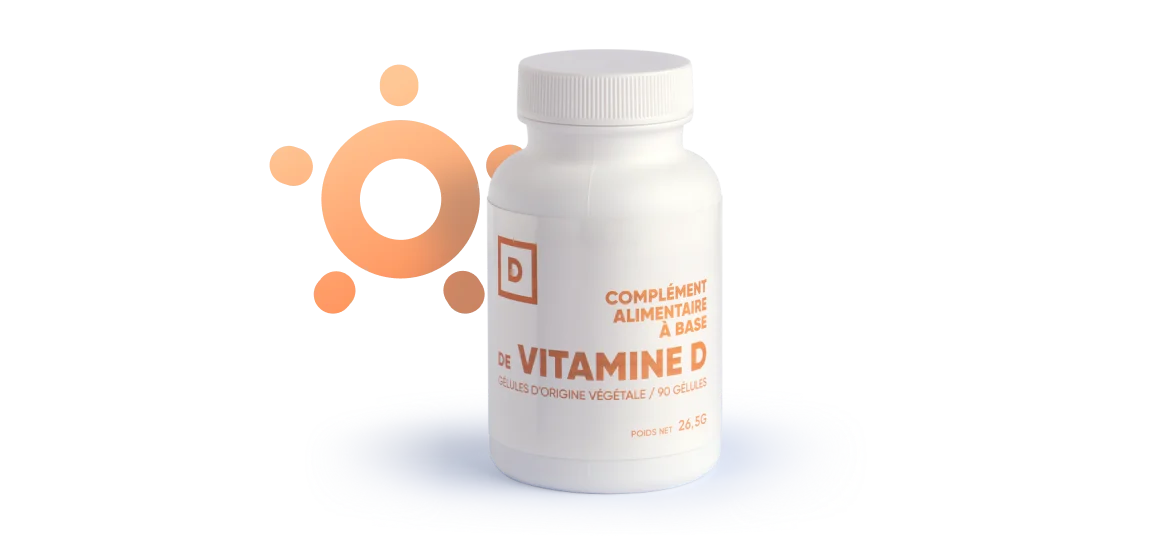
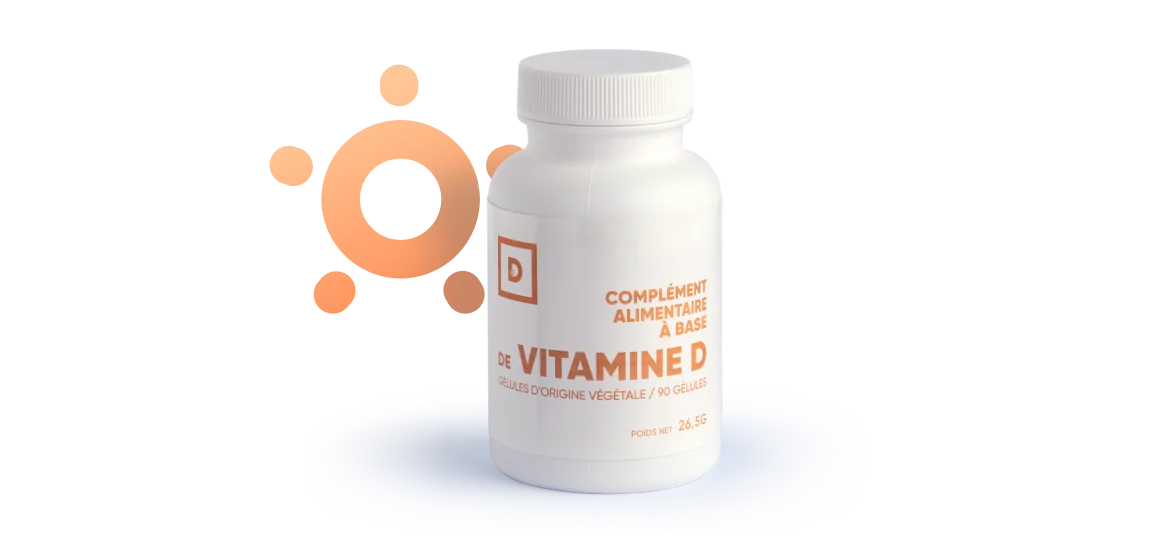



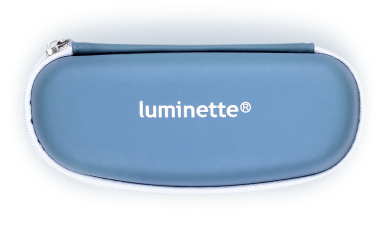
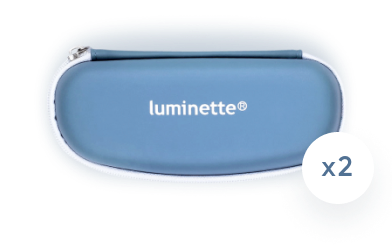
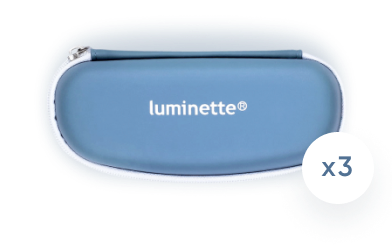
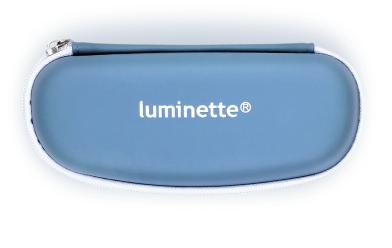
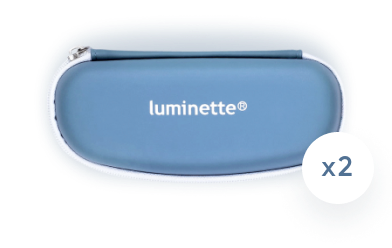
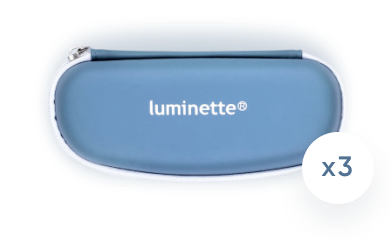
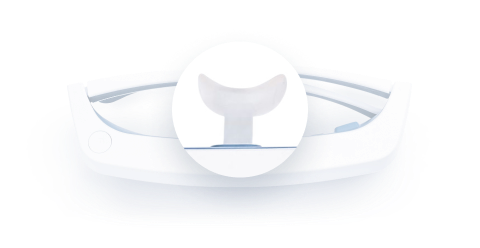
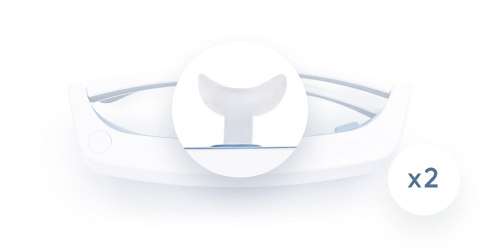
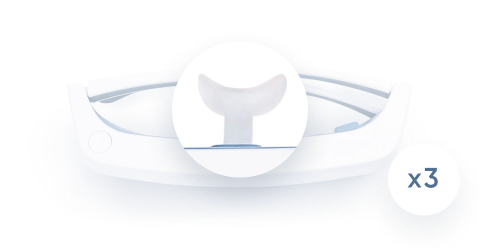
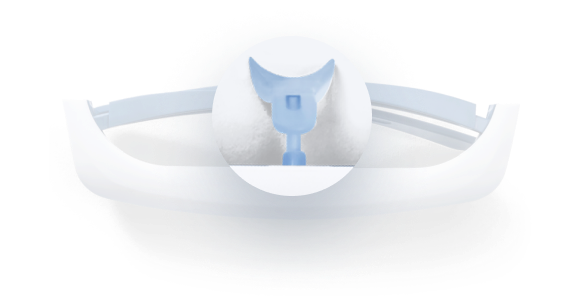
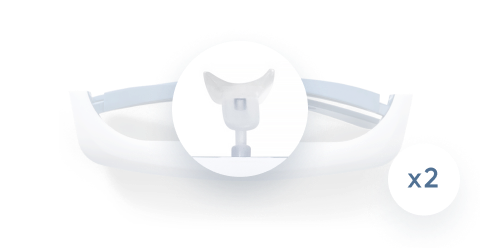
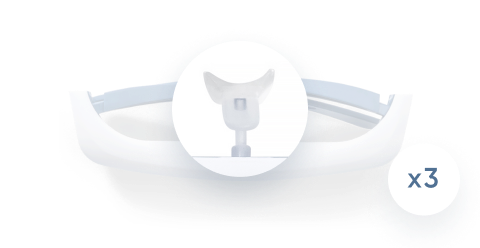
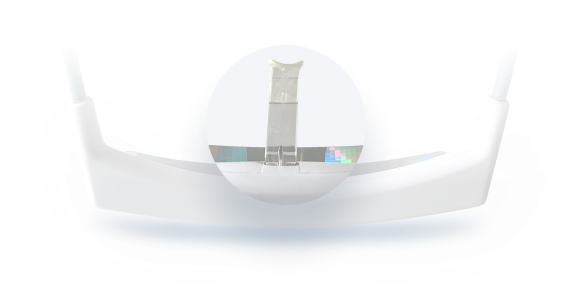
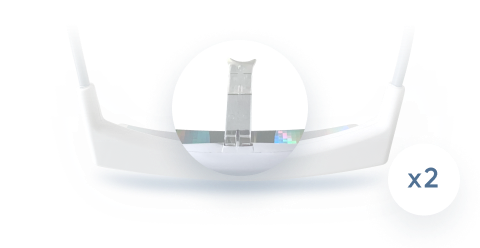
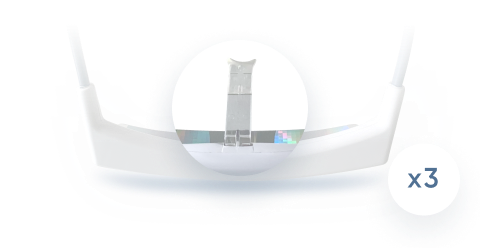
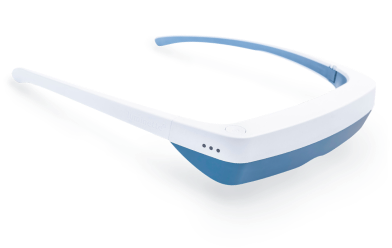
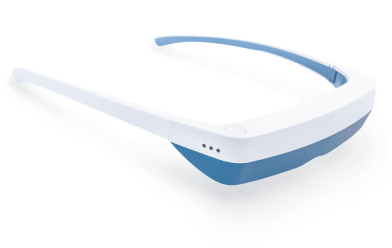
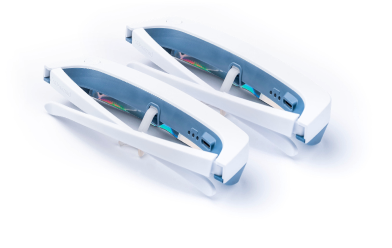
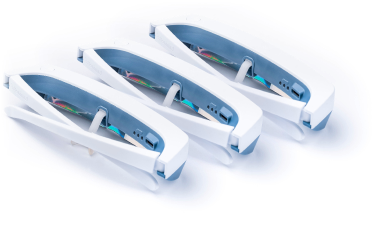
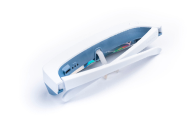
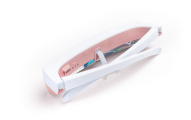
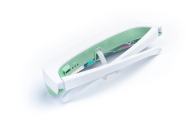
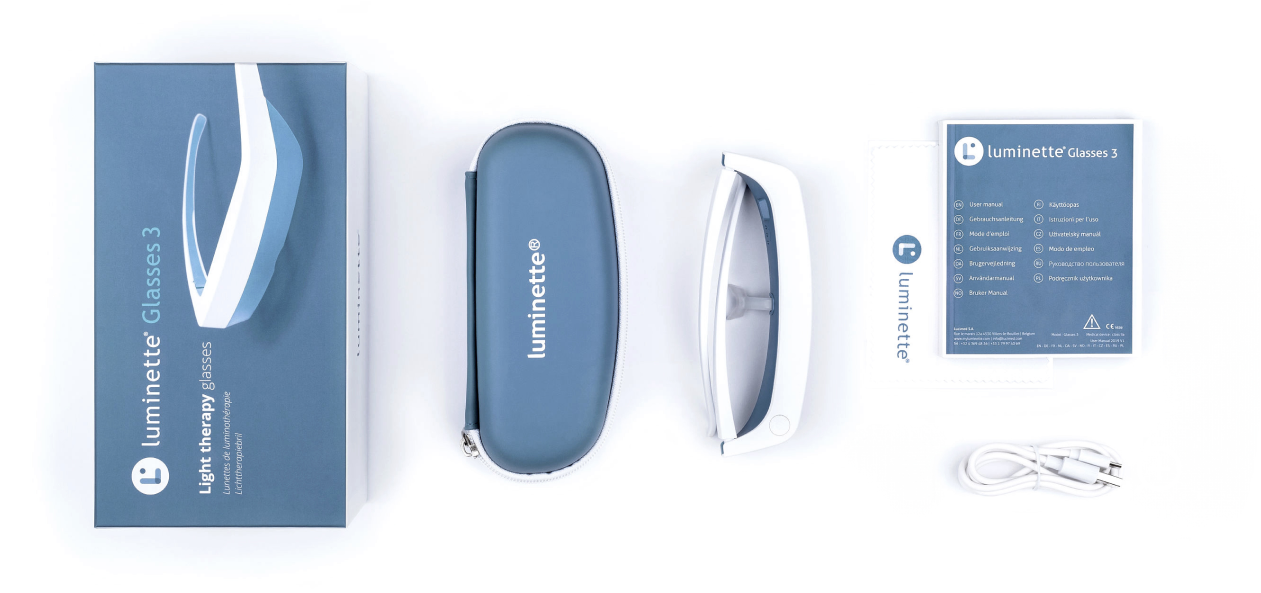
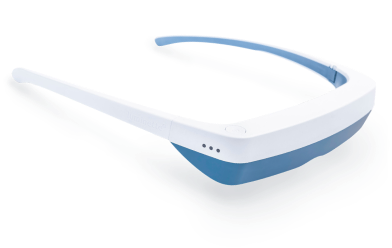


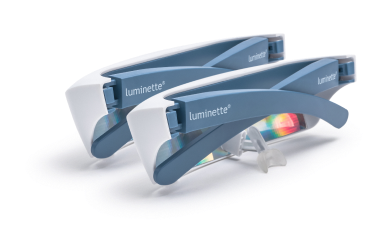
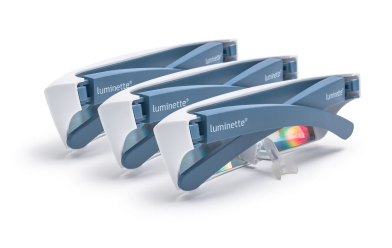
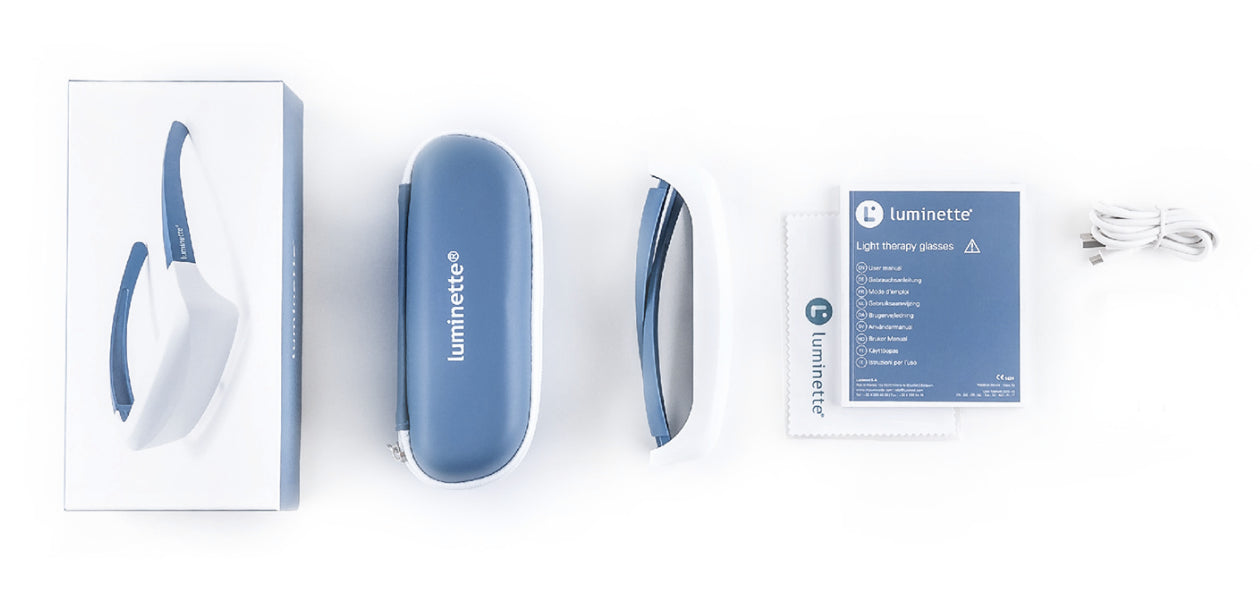
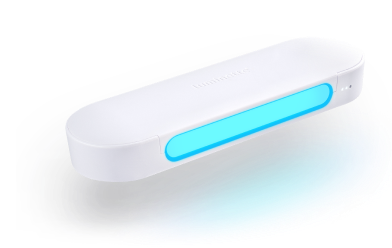
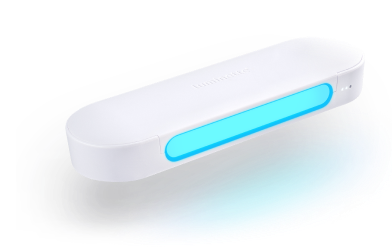
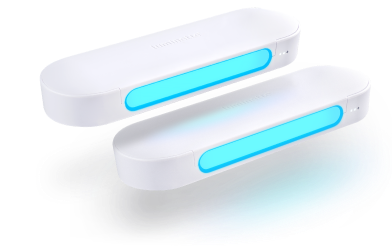
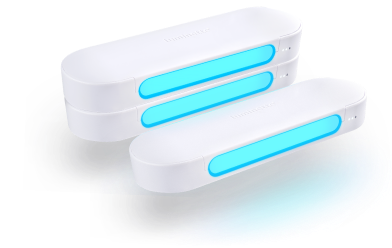
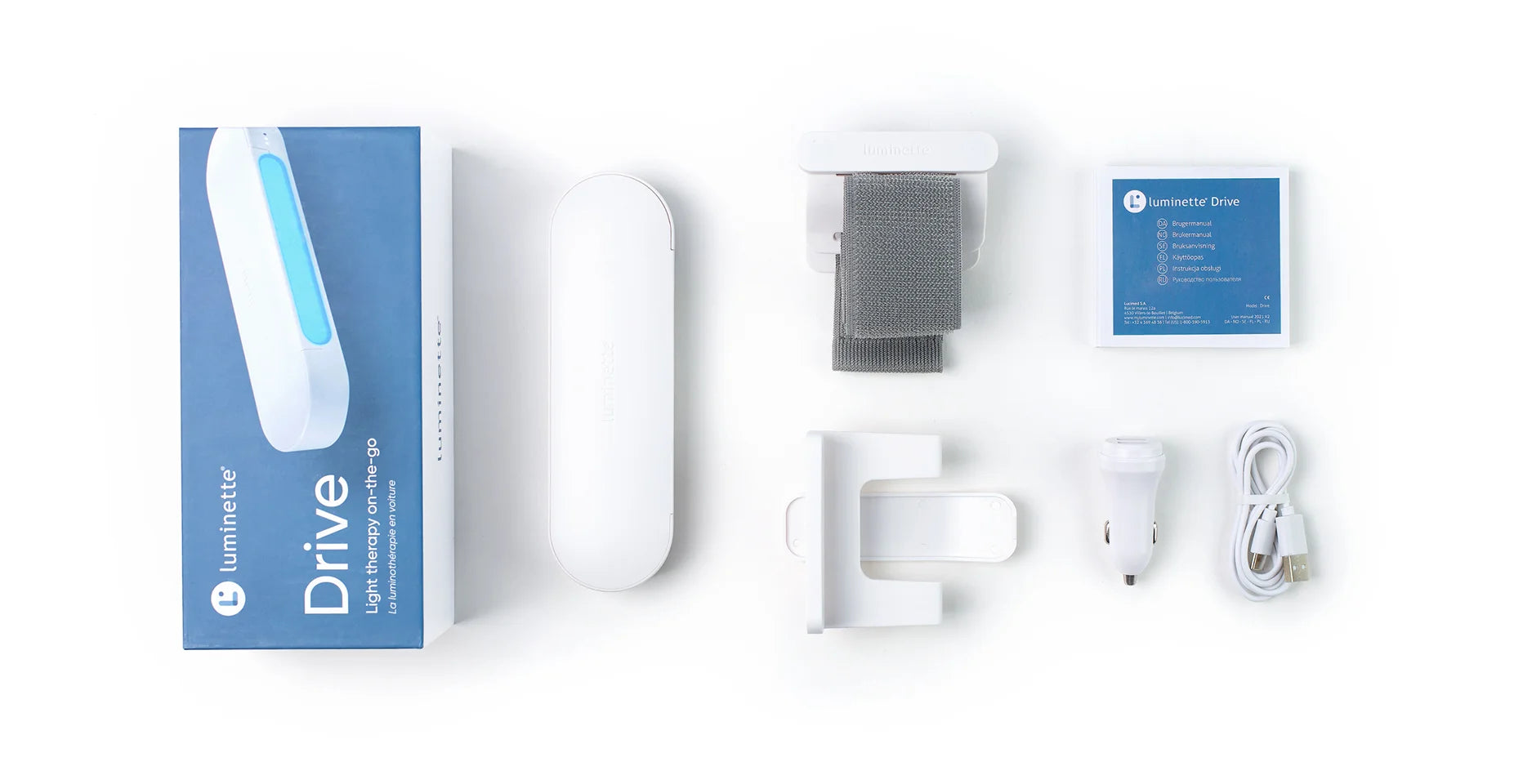

 Please note
Please note



